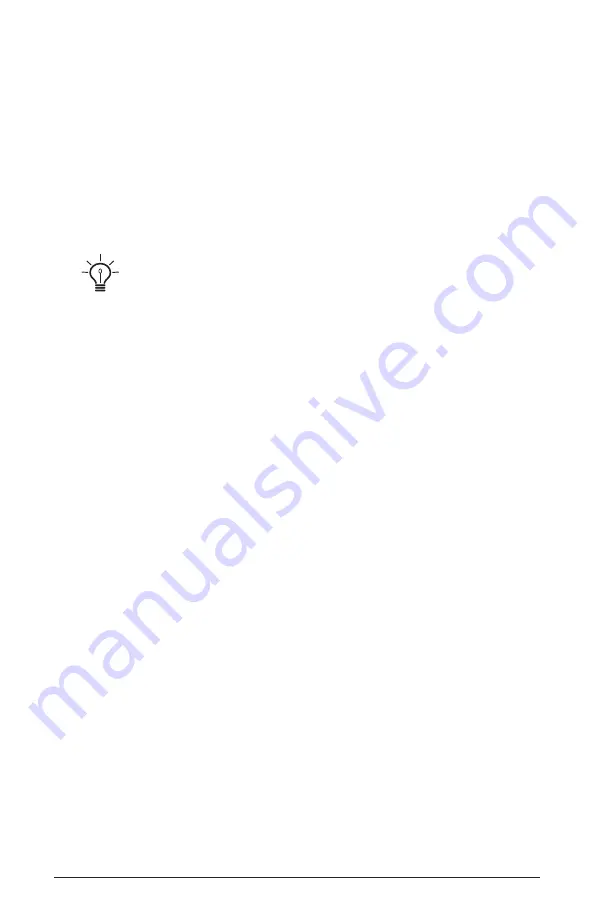
35
Take 5 User’s Guide
Modulation
You already understand and apply the concept of modulation whenever
you use the filter envelope to control the filter’s cutoff frequency. In this
case, the modulation
source
is the filter envelope (or more precisely, any
of its controls, such as attack, decay, sustain, or release). The modulation
destination
is the filter’s
cutoff
frequency. The modulation
amount
is set
with the Filter Envelope’s
amount
knob.
There are 19 different modulation sources and 54 different destinations to
choose from. This gives you a large number of sound-shaping options.
There are shortcuts for routing modulation to various front panel sources/desti-
nations. Simply hold down the
source
assign
button and move the control you want to
use as a source (the Mod wheel, for example). Then hold down the
destination
assign
button and move the control that you want to use as a destination (filter cutoff, for
example). Set the amount with the
value
knob while referring to the display. Be aware
that not all front-panel controls can be used as a modulation source/destination.
Mono and Poly Modulation Sources/Destinations
There are two types of mod sources and destinations: mono and poly.
In general, you don’t need to think too much about which to use when
assigning modulation, but it’s useful to understand the difference.
• A mono modulation source, such as LFO 1: Global, is a single modula-
tor that is applied to all voices in a program equally — with no varia-
tion from voice to voice. Other mono mod sources include the Pitch
Bend wheel or Mod wheel, which can be used to control oscillator
frequency (pitch) or other aspects of a sound depending on how you
assign it in the Mod Matrix (in the display).
• A poly modulation source, such as Key Velocity, is a modulator that
is applied to each voice individually, and can vary in its amount from
voice to voice. A simple example of this is using key velocity to control
filter cutoff frequency per voice or the volume of individual voices
(Amp). Other poly mod sources include LFO 2, Envelope 1, Envelope
2, Note Number, and others. These can all be used to control things
such as the pitch of individual oscillators/voices, oscillator wave shape
per voice, and many other things.
Содержание TAKE 5
Страница 1: ... C O M P A C T 5 V O I C E P O L Y S Y N T H ...
Страница 2: ......
Страница 79: ...70 Sequential ...
Страница 119: ...Sequential LLC 1527 Stockton Street 3rd Floor San Francisco CA 94133 USA 2021 Sequential LLC www sequential com ...







































